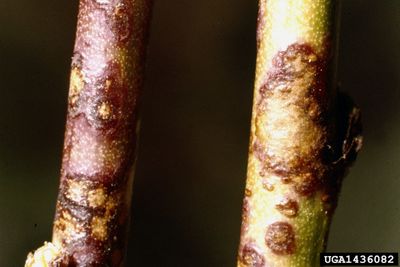Apricots with Peach Scab
Anyone hoping for luscious, juicy apricots from the home orchard needs to know about peach scab on apricots. This fungal disease is also called “freckles,” since small dots show up on the fruit. You find peach scab on apricots more often after a warm, wet spring. The fungus creates lesions on young twigs where the spores overwinter. These spores cause spring infections as the weather warms. They grow fastest at temperatures of about 65 to 75 degrees F. (18-24 C.). But you won’t necessarily see symptoms immediately after infection, however. They may show up as long as 70 days later. Still, you can and should start apricot scab treatment earlier.
How to Stop Apricot Scab
Treating apricot scab starts with making good choices about where to plant your apricots and how to care for them. Perhaps the most important thing to remember is to keep apricot and other susceptible trees out of low-lying sites with poor air and soil drainage. Another good prevention tip to stop apricot scab is to prune trees carefully to open up the center. If you use the open-center pruning system, it provides good air circulation within the canopy that slows or stops fungus activity. Don’t spend too much time looking for a scab-resistant apricot cultivar. Most experts agree that cultivars are all susceptible to this fungal disease. If you require further apricot scab treatment, look to fungicides. Fungicides are the big weapon in treating apricot scab. You’ll need to find a fungicide recommended for this disease, then spray according to label directions. Often, you’ll need to spray every two weeks from the time the petals fall until 40 days before harvest. The most critical time to spray when you are treating apricot scab is from the time of shuck split to five weeks after bloom.
